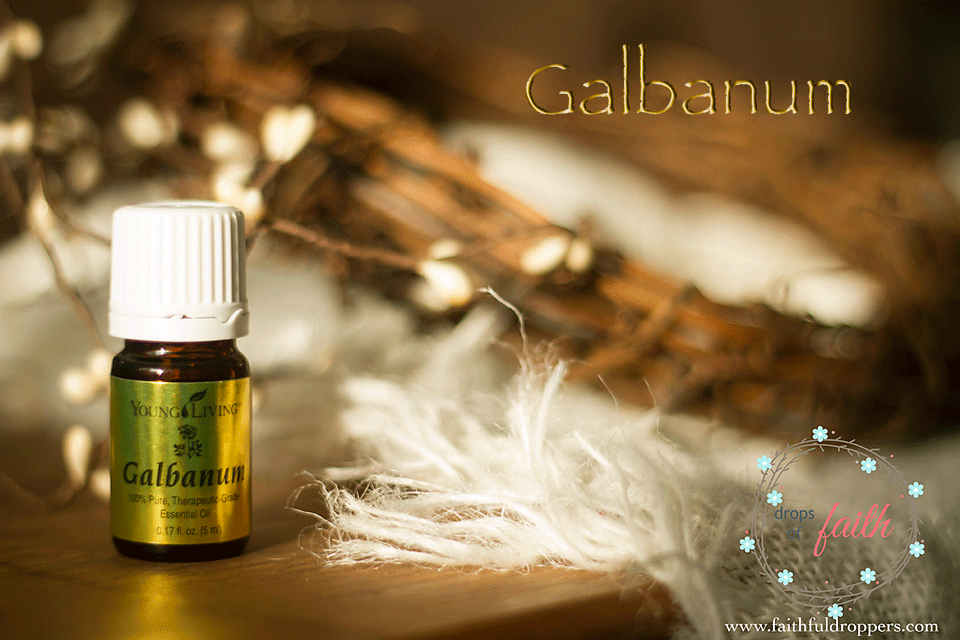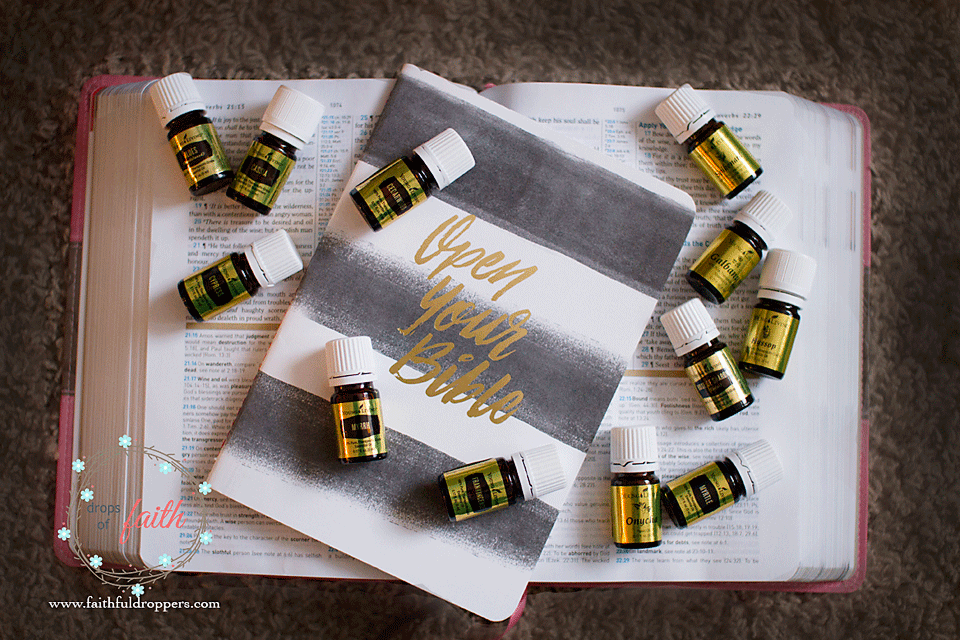Native to the Middle East, Galbanum essential oil is prominently related to Frankincense and usually combined in ancient history with other essential oils like Frankincense and Myrrh for grounding and meditation purposes.
The intricate steps from seed to harvest to distillation are remarkable. Enjoy how Mrs. Maud Grieve describes the pattern of the galbanum plant up to distillation. From her 1931 published book, “A Modern Herbal”:
| The whole plant abounds with a milky juice, which oozes from the joints of old plants, and exudes and hardens from the base of the stem after it has been cut down, then is finally obtained by incisions made in the root. The juice from the root soon hardens and forms the tears of the Galbanum of Commerce. The best tears are palish externally and about the size of a hazel nut and when broken open are composed of clear white tears. The taste is unpleasant, bitterish, acrid, with a strong, peculiar, somewhat aromatic smell. The common kind is an agglutinated mass, showing reddish and white tears, this is of the consistency of firm wax, and can easily be torn to pieces and softened by heat; when cold it is brittle, and mixed with seeds and leaves, when imported in lumps it is often considered preferable to the tears as it contains more volatile oil. Distilled with water it yields a quantity of essential oil, about 6 drachms, to 1 lb. of gum. It was well known to the ancients and Pliny called it ‘bubonion.’ Galbanum under dry distillation yields a thick oil of a bluish colour, which after purification becomes the blue colour of the oil obtained from the flowers of Matricaria Chamomilla. |
This ancient oil of scriptures is mentioned in Egyptian and in the Old Testament of the Bible in Exodus:
“And the Lord said unto Moses, Take unto thee sweet spices, stacte, and onycha, and galbanum; these sweet spices with pure frankincense: of each shall there be a like weight:” Exodus 30:34 KJV
It is esteemed for its medicinal and spiritual properties. An ancient Roman historian, Dioscorides, records that Galbanum was used for its many healing purposes.
Historical uses: Holy Anointing Oil.
Modern day uses: Supports the immune, digestive, respiratory, circulatory, and other body systems; increase awareness, support naturally aging skin.
Garbanum is known for it’s harmonic and balancing fragrant influence which may amplify spiritual awareness. When combined with Frankincense or Sandalwood, the frequency rises dramatically.
Natalie Lyons Reed
#3162758
[email protected]


